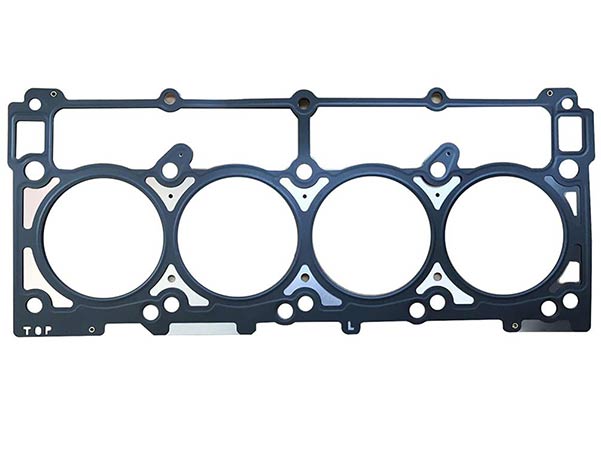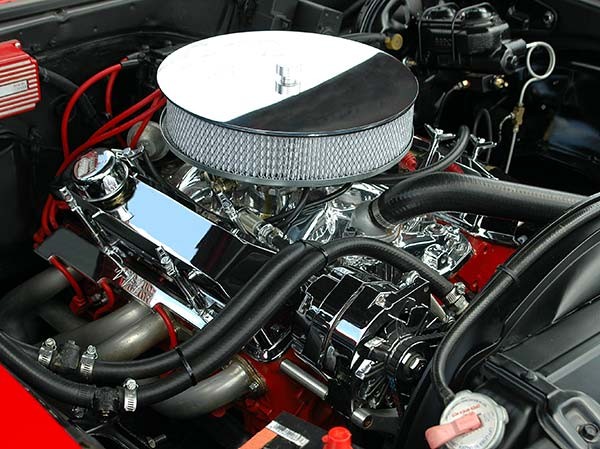Your car engine is divided into two parts, the cylinder block where the pistons and cylinders are located, and the cylinder head where the valves, spark plugs and camshafts are located. Between these two large engine components is the cylinder head gasket. This small but important component is used to seal the internal combustion process, allowing coolant and oil to flow throughout the engine for cooling and lubrication. This means that when it "blows", it may cause big trouble to the engine. The symptoms of blown head gasket are easy to recognize and need to be corrected as soon as possible to prevent damage to the engine. This article will help you understand the cylinder head gasket, what it does, and how to know when it fails.
What is a head gasket?
In addition to sealing the combustion part of the engine to allow oil and coolant to circulate, the head gasket also seals the combustion chamber in the engine. This enables the vehicle to generate enough power to drive forward and prevent harmful gases from leaving the combustion chamber by guiding them through the exhaust system. The head cushions of modern vehicles are interwoven with multiple layers of steel materials and elastomers, making them more durable and longer lasting. Vehicles produced in the past were equipped with gaskets made of graphite or asbestos. In contrast, today's gaskets are better because they are less prone to leaks and have almost no health risks compared to gaskets made of asbestos.

As one of the most important gaskets in the engine, the cylinder head gasket is designed to seal the ignition pressure of the cylinder and prevent the coolant and engine oil from leaking to the cylinder and the outside. The gasket must withstand the stress of expansion, contraction, warping and friction on the two surfaces, while sealing the cylinder pressure, coolant and engine oil flowing through the casting port.
Symptoms of headshot gaskets
The engine runs on three important fluids: fuel, coolant, and oil. If the gasket is blown, all fluid may enter and exit the combustion chamber. You may notice some or all of the following:
Engine overheating – Caused by a lack of or reduced coolant. Also caused by hydrocarbons entering the cooling system.
Blue smoke from the exhaust - Suggests that excess oil is entering the combustion chambers.
White smoke coming from the tailpipe - Indicates that coolant is entering the combustion chamber.
Loss of power – Due to a lack of compression resulting in sputtering, loss of power, and reduced fuel efficiency.
Discolored oil – A chocolate milk-looking oil is indicative of coolant mixing with oil in the engine.
Since the head gasket is still sealed in the coolant and oil, you may see streaks of oil and coolant flowing down the gasket.
If the cylinder head gasket leaks to an adjacent cylinder, you may also notice a loss of engine power due to lower cylinder compression.
If you experience any of these symptoms, the cooling system may be pressurized, turn off the engine and do not try to relieve pressure. Have a professional technician inspect your vehicle and always use replacement gaskets that meet or exceed the original manufacturer's specifications.
How can I prevent a blown head gasket?
The best way to prevent automobile cylinder head gasket failure is to use the correct mixture to keep the engine coolant at an appropriate level according to the manufacturer's recommendations. If you find a coolant leak on the ground or garage floor, please check it. In addition, develop the habit of paying attention to the thermometer.
Extensive damage to the engine due to the explosion of the head gasket is the most unfavorable type of engine problem. Ignored damaged head gaskets may require repair of the engine block, cylinder head, or complete engine replacement. If you find any symptoms that may indicate that your vehicle has burst the cylinder head gasket, please do not wait for an inspection.











